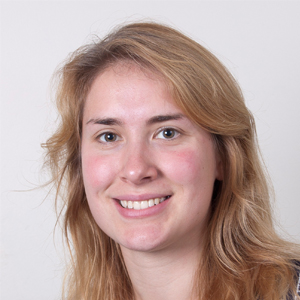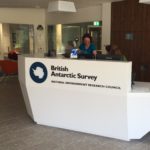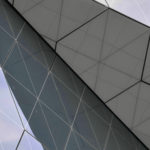SO-AntEco Biodiversity
Using biodiversity data to identify and protect vulnerable marine ecosystems around the South Orkney Islands
- Start date
- 27 March, 2017
- End date
- 26 May, 2017
In this collaboration with the Natural History Museum (NHM) and the University of Liverpool, we have developed novel methods for using existing data to contribute to marine conservation and fisheries management. This will have immediate application in the South Orkney Islands region, but the approaches we develop will also have broader relevance across the Southern Ocean, and for deep sea fisheries elsewhere in the world.
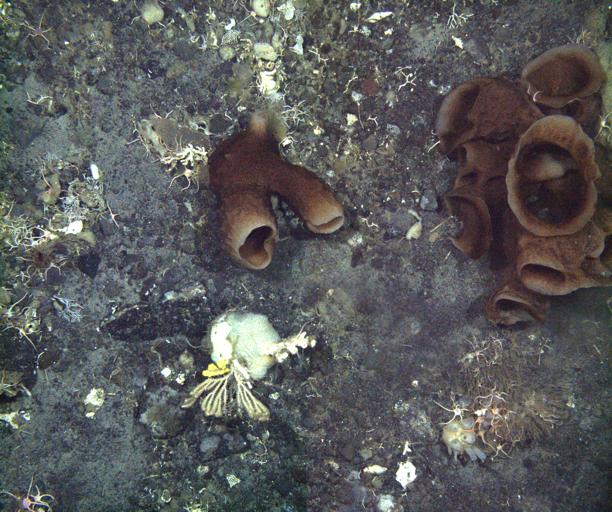
During a research cruise (the SO-AntEco voyage) we collected data on the distribution and composition of benthic communities both inside and outside the South Orkney Islands Marine Protected Area (MPA), using a range of sampling gear and underwater camera and video systems. The aim of the voyage was to improve understanding of species diversity, assemblage composition, abundance and habitat zonation along the shelf break of the South Orkney Islands, and to ascertain whether there are characteristic indicator species prevalent in each proxy habitat identified in geomorphic classifications. This will contribute directly to the work of the Commission for the Conservation of Antarctic Marine Living Resources (CCAMLR). Information from the cruise provides an important basis for the development of scientific advice to inform the 2019 review of the MPA by CCAMLR.
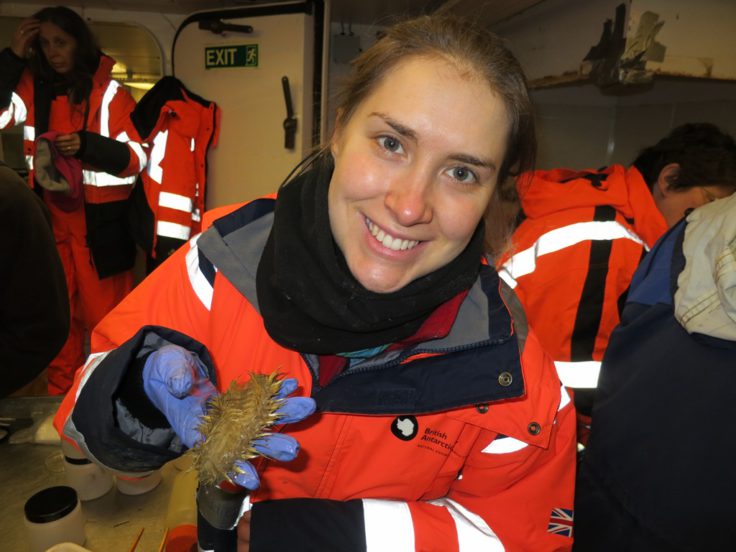
The work was undertaken by Maddie Brasier, a PhD student (NHM and University of Liverpool) and SO-AntEco cruise participant, during a short (3-month) contract at BAS and was funded by a BAS Collaboration Voucher.
This project addresses the BAS Grand Challenge of People and the poles, specifically managing natural resources from the polar regions, and further expands the substantial body of BAS work with policy impact in marine conservation and fisheries management.
Assign database records as VME (Vulnerable Marine Ecosystem) taxa, and quantify samples obtained during the SO-AntEco cruise.
Produce a summary of species and habitat types recorded at each sampling location.
Analyse the Shallow Underwater Camera System (SUCS) photo transects to quantify numbers, biomass and diversity of species at each location.
Produce data reports for submission to CCAMLR Working Group meeting in July 2017, and for use in the 2019 CCAMLR review of the South Orkney Islands MPA
Huw Griffiths
Marine Biogeographer
BAS-Arctic Working Group, Biodiversity, Evolution and Adaptation team
Beatrix Schlarb-Ridley
Director of Innovations and Impact
BAS Science Strategy Executive Group, Information Services team, Innovation team, BAS Management team, UK Polar Data Centre team, BAS Executive team
Maddeleine Brasier – University of Liverpool, Natural History Museum London and National Oceanography Centre
